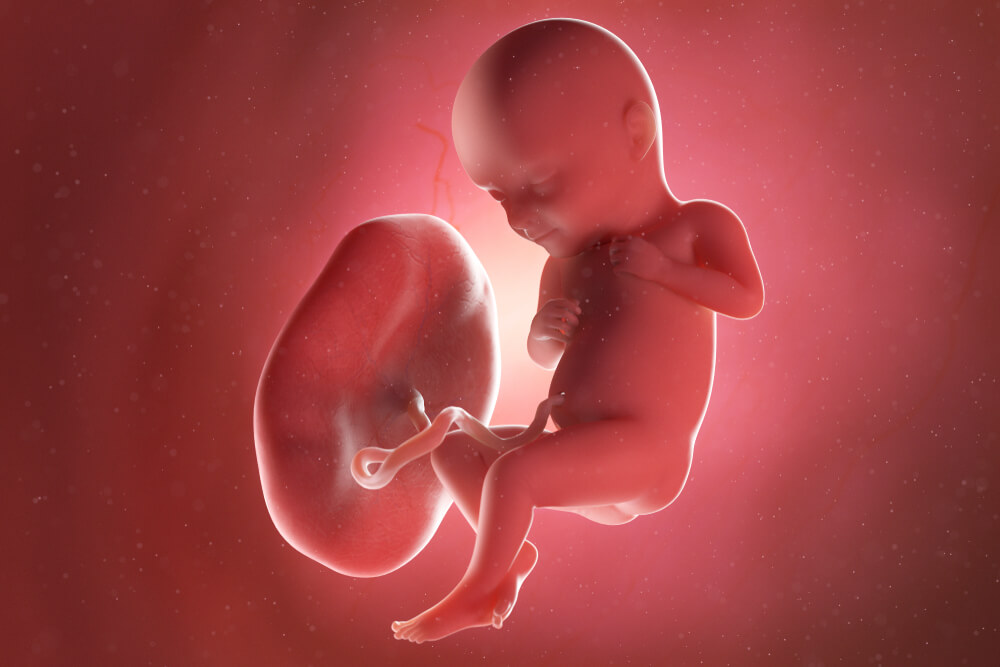The placenta represents a special moment in time and remains the very essence of that intimate and eternal bond between mother and baby.
If you’re keen to pay tribute to this relationship or moment in time, you may be thinking about keeping your placenta, but what are your options? Read on to find out more.
What is the placenta?
But first, parents or parents-to-be may be familiar with the placenta but for the uninitiated, here’s a brief overview.
The placenta is connected to the uterus and it will grow during your pregnancy, usually at the top or side of the uterus. The umbilical cord links the baby to the placenta, transferring nutrients and taking away waste. It also separates the mother’s and baby’s blood, produces hormones and close to birth it begins to give antibodies to the baby. Amazing!
After the baby is born, the placenta detaches, during what is known as the third stage of labour, or afterbirth. Generally, this occurs within 30 minutes, but it can take longer. If you have a Caesarean, sometimes called an abdominal birth, the placenta is removed during the procedure along with the baby.
Can you keep your placenta?
Yes you can, but there are many different options. Before we explore some of these in detail, it is worth pointing out that at the majority of births the placenta, umbilical cord and any remaining blood is thrown away as medical waste.
Storing your placenta
You can store your amnion and placental stem cells. Exclusive to Cells4Life, the only cord blood bank in the UK to offer this service, who can isolate the amniotic membrane and the chorionic villi, which both contain powerful stem cells. These stem cells are different to those found in cord blood or cord tissue, and as a consequence they have different therapeutic benefits. Many are still in the clinical trial phase but they could become mainstream during the lifetime of your child, and include treatments for heart disease, Crohn’s disease, type 2 diabetes, and more.
Learn more about Placenta Collection.
Placenta Encapsulation
Placenta encapsulation is when your placenta is processed and put into capsules. This means it is dried, reduced to a powder and then put into a pill (capsule). So, it is a lot like eating it, but slightly different to cooking it whole or eating it raw. It is believed that by consuming it in this way there will be many benefits, including less risk of postpartum depression, increased oxytocin (‘the happy hormone’), better breast milk production, and more.
Eat it
Some people choose to eat their placenta to receive the same benefits as when it is encapsulated. In fact, this practice which is also known as ‘placentophagy’ is very common in the animal kingdom. However, there is no evidence that eating it provides any health benefits to humans. It can be eaten raw, cooked, or combined with other food and drink, like a smoothie. If you’re curious, those who have eaten placenta say it tastes a lot like beef or liver.
Plant it
In the Māori tradition, the placenta is planted in the earth after birth. They even have the same word for placenta and land (“whenua”). This springs from the belief that all humans came from Papatūānuku, the earth mother. Returning the placenta to the land is a mark of respect and a gesture of thanks for their new born child.
Donate it
You may choose to donate your placenta if you don’t want to throw it away. The amniotic membrane can be used in eye surgery, reconstructive surgery, to treat burns or as a dressing for a wound. The first successful use of the amnion to treat a burn was as far back as 1910.
Make jewellery
You can get cord tissue, placenta (even breast milk and baby hair) made into jewellery. This typically involves setting the dried cord or placenta in a resin, which is then attached to a ring, necklace (or anything you like!).
A piece of art
Finally, you might choose to make a work of art from your placenta, nature’s miracle organ. You can use it to print on to something or even preserve it entirely as objet d’art in its own right… nice paperweight.
Remember, whatever you decide to do with your placenta, it’s completely your choice – you could also throw it away, and that’s fine too.
Thanks for reading and best of luck with your birth.
Request a Welcome Pack
Find out more about cord blood banking by downloading a Welcome Pack now.









